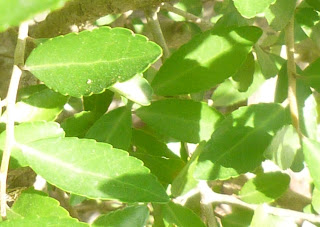Also, this is our last blog post for 2015. Posts will resume on January 4, 2016. We hope you enjoy reading our blog throughout the year.
Until next year, we wish you all a Happy Winter Solstice (December 22)....
....and all good things in the New Year!
Many thanks to all of our readers and customers for a wonderful 2015. We are looking forward to seeing you all again in 2016!!
Our latest Ocracoke Newsletter is the story of Capt. Horatio Williams and his schooner, the Paragon. You can read the story here: www.villagecraftsmen.com/news112115.htm.


















